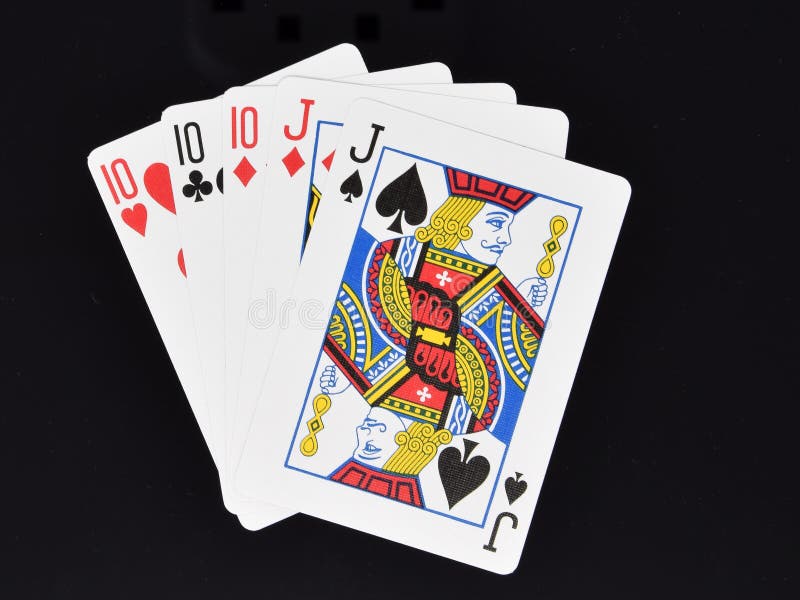Probability Poker Hand Full House
A game of poker is played with an ordinary deck of 52 cards, and each player is dealt a hand of 5 cards chosen at random. What is the probability that a player will be dealt a full house, given that the first two cards they get are of the same denomination?

- We know that the probability of getting a full house is given by: P (Full house) = n (F)/n (S) n (S) = Number of elements in F = 52C5 = 2598960 In order to understand n (F), consider the following.
- Aces Full of Kings the strongest Full House hand in poker and is also referred to as “Aces Full”. Odds of Making a Full House on the Flop. Full Houses are rare in poker. Hitting on the flop is hence not a common occurrence. Odds of flopping a Full House with any starting hand = 0.14%. Odds of flopping a Full House with any unpaired hand = 0.09%.
Also called a 'boat,' a full house is when your five-card hand is made up of three of a kind plus a pair. You might be wondering about the probability of poker hands. COMBINATORIAL PROBABILITY: POKER HANDS We have the table of probabilities for poker hands as follows: recall that the ‘scoring’ cards are denoted x and y, the other cards are denoted a, b etc.
© BrainMass Inc. brainmass.com December 15, 2020, 8:06 pm ad1c9bdddfhttps://brainmass.com/math/probability/probability-poker-fullhouse-433206
Solution Preview
Given that we get two cards of the same denomination (let's say they are Xs), there are two possibilities,
1) The triple of the full house is that number (i.e. we have a triple X) and another pair (say a pair of Y), OR
2) The pair of the full house is the two cards we just got (i.e. a pair of Y and a triple X).
Let's consider case 2) first,
There are 50 cards left, and 2 of them are X (since we got 2 Xs already). Our third card ...
Solution Summary
The probability of obtaining a poker fullhouse is determined.
Mark Brader has provided the following tables of probabilities of the various five-card poker hands when five cards are dealt from a single 52-card deck, and also when using multiple decks.
The traditional hand types are described on the poker hand ranking page. These include one hand that belongs to two types at once - a straight flush is both a straight and a flush. With two or more decks, it is possible for other combinations to occur, such as a hand that has both a flush and a pair (such as 4-6-6-8-9 all of one suit). The left-hand tables include these composite hand types for multiple decks; in these tables 'plain' means a hand that is not a flush.
The hands are listed in descending order of probability, which could be used as the basis for their ranking order in multi-deck poker variations. It can be seen that as the number of decks increases, flushes become easier to make than straights, and sets of equal cards become more common.
Probability Poker Hand Full House
Here is the Perl program that produced the tables. Mark Brader has placed both the program and the tables in the public domain.